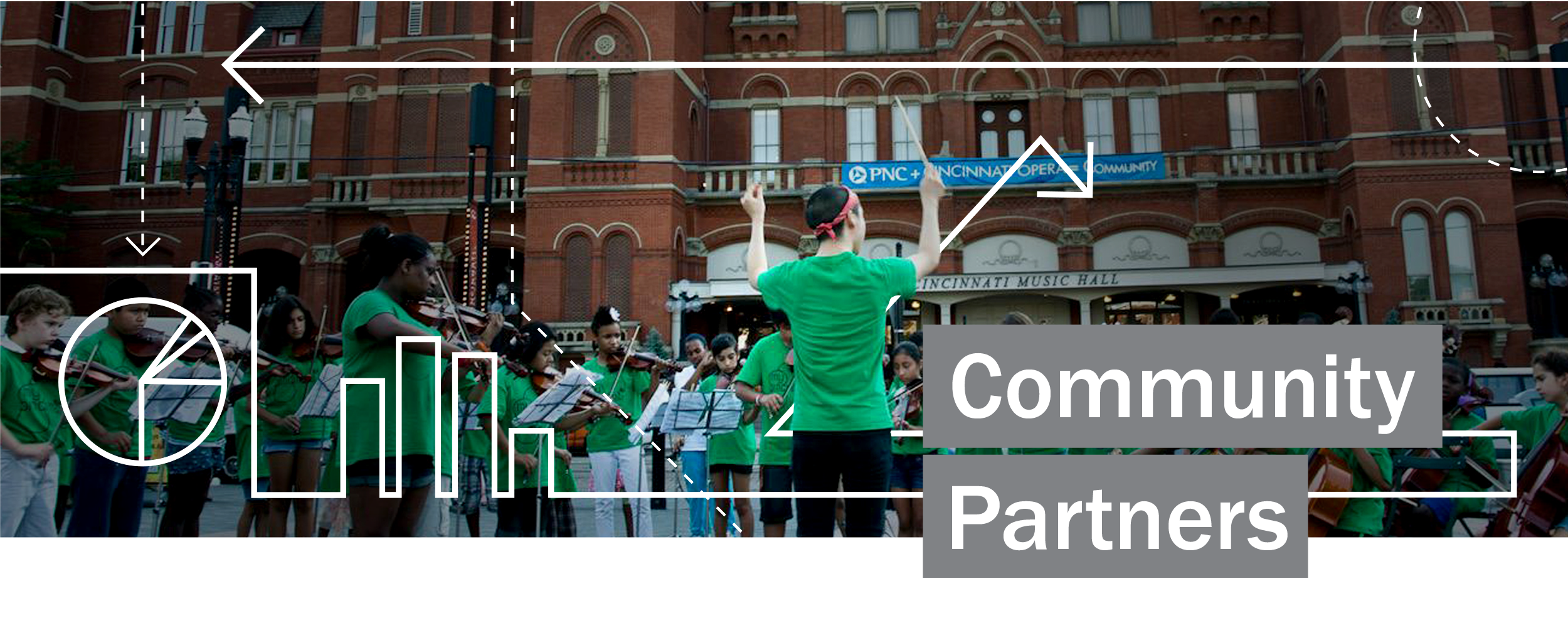
By forging a consortium or grant programs, or by modeling the financial feasibility of projects, community partners can begin to kindle Opportunity Zone projects.
A few localities have already begun to form consortiums to organize and facilitate mission-driven Opportunity Zone activity in their local markets. One is Indiana, where leaders from state and local government, philanthropies, prominent NGOs and community development organizations—including the Indianapolis office of LISC—have joined to create the Opportunity Investment Consortium Indiana. The objective of this consortium, according to its organizers, is “to encourage the transformation of Opportunity Zone neighborhoods into vibrant places that are profoundly attractive and sustainable for both residents and businesses.”
The Indiana Consortium has three principal goals:
- To encourage long-term private capital investment in low-income urban and rural communities of Indiana
- To transform distressed communities, support businesses and jobs and drive system innovation through smart collaboration and deployment, and
- To broker complementary supports such as technical assistance, workforce training and placement and infrastructure improvements (as of this writing, deals submitted to the portal include mixed-use, mutli-family, hotel, small business equity and brownfield redevelopment opportunities).
The Consortium has already taken a number of steps to achieve these outcomes—steps which are replicable in other localities where community stakeholders are navigating the Opportunity Zones. The group:
- generated support from local banks and philanthropies to fund its work.
- developed a website that serves as a deal portal. Businesses can submit proposals for capital, and prospective investors can express their interest in joining the consortium to provide financing. The website also provides information about professional services firms that support Opportunity Zone investment activity, as well as other training and resource partners.
- LISC and the collaborating partners have provided training and individualized technical assistance to over 700 individuals, corporations, local governments, developers, foundations and communities

While the Consortium is a relatively new entity, it has already provided a robust framework that other communities can draw on and adapt for their local markets. A number of states and cities, such as Minnesota, Detroit, and Cleveland have taken cues from the Indiana statewide portal and built the lessons learned into their collaboratives and online platforms.
A statewide group of partners, in fact, recently launched the Minnesota Opportunity Collaborative, a joint effort to market Minnesota’s opportunity zones to investors and educate stakeholders about the federal incentive. The Collaborative's web home is a resource for opportunity zone information, including a directory of projects and sites. It also aims to build awareness and facilitates events to train stakeholders, market investment opportunities, and bring projects to reality. The Collaborative was developed after a pilot project sponsored by Duluth LISC showed the need to bring more groups to the table and take the initiative statewide.
Financial Feasibility Modeling
Another approach to advance the process is to “model” the financial feasibility for particular asset class priorities that emerge early in the planning process. By projecting preliminary development budgets and operating pro-formas, community stakeholders can begin to identify the likelihood of and obstacles to implementing particular investments.
By doing a preliminary analysis of development costs and sources of capital (including OZ proceeds) and reconciling these sources and uses with operating projections, stakeholders can sharpen what strategies and resources they will need to create critical neighborhood assets such as affordable housing, day care centers, health centers, commercial and other community facilities.
For some groups of community partners, depending on capacity and resources at their disposal, this modeling strategy may be more accessible and cost effective than developing a portal along the lines of the Indiana example.
Opportunity Zone Impact Grants
LISC Boston has taken another tack to support CDCs in Massachusetts to market their OZs and help communities prepare for investment. Through their Opportunity Zones Impact Grant program, CDCs are eligible for capacity building support grants to drive inclusive investments. Funds will be awarded under the Federal Section 4 Capacity Building program for Community Development and Affordable Housing. The objective is to incentivize CDCs to proactively drive a strategy for their communities, in conjunction with local municipalities. Proposals submitted have described effotsranged from running community engagement processes to implementing existing community plans to marketing the OZs to investors. The grantees may also collaborate in a consortium-like group going forward.

